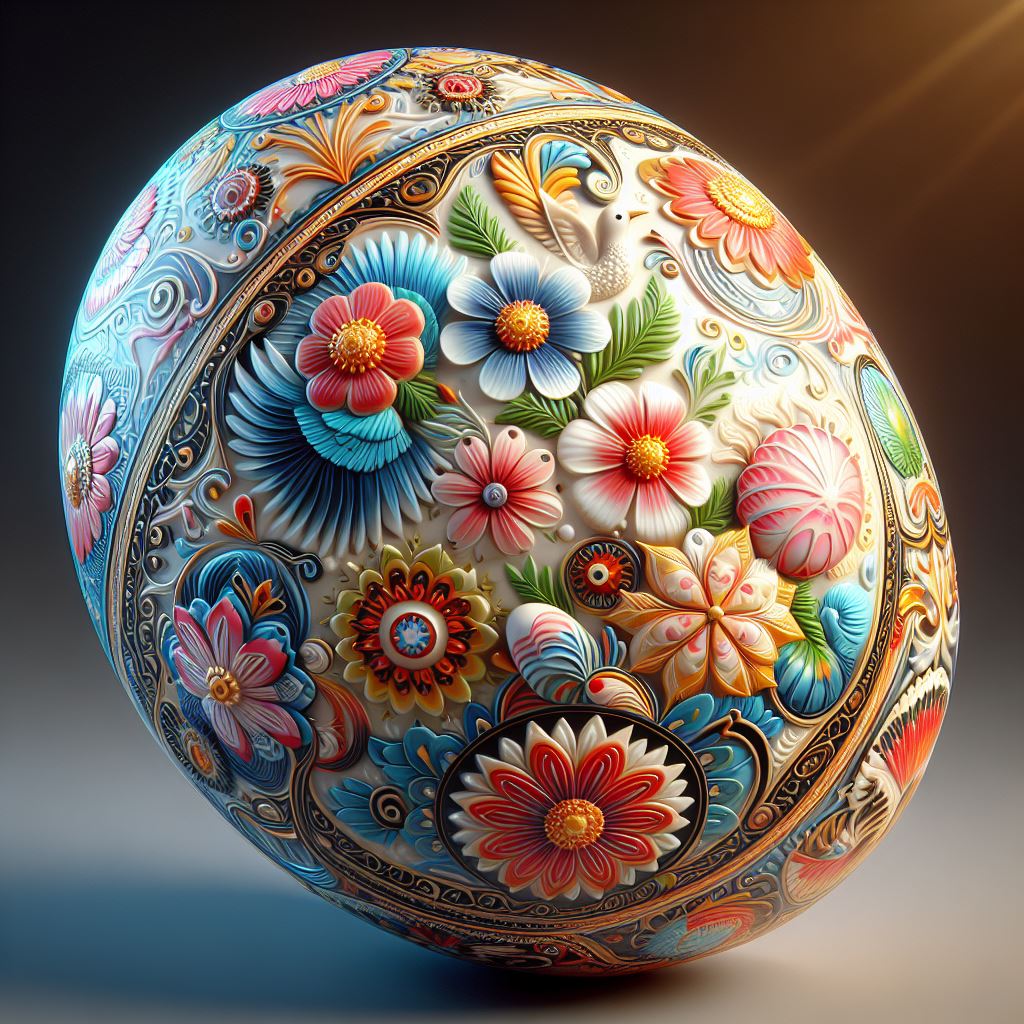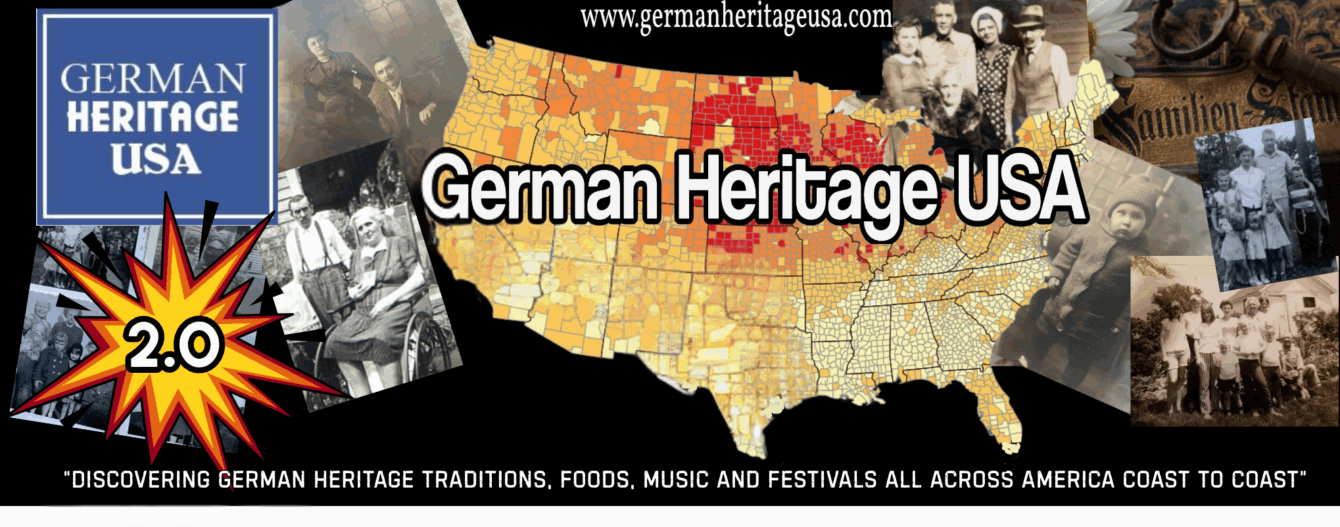EGG-citing Easter Traditions: A German-American Kid’s Perspective
GERMAN HERITAGE USA | AFFILIATE DISCLAIMER: This post may or may not contain affiliate links which means we may receive a commission for purchases made through links. We will only recommend products that we have personally used or that we truly trust. Learn more on our Private Policy and Disclaimer Page located under our Terms Of Service tab above.
This is for all my fellow Easter Egg enthusiasts and Easter Bunny believers! Buckle up because we’re about to embark on a journey through the colorful and chocolatey world of Easter traditions, from a German-American kid’s perspective.

Growing up in the heartland of America in the 60s and 70s, Easter was a time of excitement and wonder. But let me tell you, it wasn’t all about the theological aspects – oh no! For us, Easter was a fusion of German immigrant traditions and American flair, featuring none other than the elusive Easter Bunny.
Now, picture this: it’s Easter morning, the sun is rising, it’s still early before Church and there’s a sense of anticipation in the air. As we groggily stumbled out of bed, our eyes widened at the sight of large, colorful eggs scattered around the house. These weren’t your ordinary eggs; they were candy-filled delights, half the size of a real egg but twice as sweet.
But let’s rewind a bit to the origins of our furry friend, the Easter Bunny. You see, this lovable character first hopped onto the scene in America thanks to German Lutherans. Originally known as the Easter Hare, this bunny had a crucial job – to judge whether kids had been naughty or nice. Talk about pressure!
Now, let me introduce you to a little Universal-International film (1950) called “Harvey” starring James Stewart. Imagine a 6-foot 3½-inch tall invisible rabbit named Harvey. Sounds like the stuff of nightmares, right?

Well, for us kids, it was because they would always show it on TV around Easter! But hey, it added an extra layer of excitement to the Easter festivities.
But where did this whole bunny business come from anyway? Well, according to historical records, the concept of an egg-bearing Easter bunny dates back to 1682 in Protestant regions of Germany. Imagine the delight of children as they searched for eggs hidden by a mythical bunny in herb gardens – it was like an Easter egg hunt on steroids!
Fast forward to the 1700s, and German immigrants brought the tradition of the Easter Bunny to America, where it flourished alongside chocolate eggs and bunnies. And speaking of chocolate, did you know that the first chocolate Easter bunnies originated in Germany? That’s right – those delicious chocolatey treats have German roots!
Now, let’s debunk a common myth – the pagan connection to rabbits at Easter. Contrary to popular belief, there’s no evidence linking rabbits to the pagan festival of Ēostre. Instead, rabbits found their place in Christian tradition, symbolizing the Virgin Mary’s purity and fertility.
But Easter isn’t just about bunnies and eggs; it’s also a time of reflection and preparation. During Lent, devout folks abstained from meat and dairy products, including eggs. However, as Lent drew to a close, eggs were harvested and decorated, adding to the festive spirit.
And speaking of egg decorating, it’s an art form in itself, especially in Germany. From intricate designs to vibrant colors, German egg decoration is truly egg-ceptional!

But wait, there’s more – did you know that German children can write letters to the Easter Bunny? That’s right! Just like Santa Claus, the Osterhase receives letters from eager kids, adding a touch of magic to the holiday season.

And let’s not forget about chocolate bunnies. Ever wonder why they’re hollow? Well, it turns out that solid chocolate bunnies were too heavy and costly to produce. So, chocolatiers got creative, inspired by beekeepers and their honey centrifuges. And thus, the hollow chocolate bunny was born, delighting chocolate lovers worldwide.
So there you have it, folks – a whirlwind tour of Easter traditions from a German-American perspective. From egg hunts to chocolate bunnies, Easter is a celebration that brings joy to people of all ages. So this Easter, let’s embrace the magic of the season and hop into the festivities with a spring in our step and a basket full of goodies!
